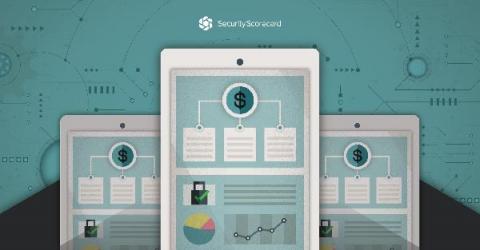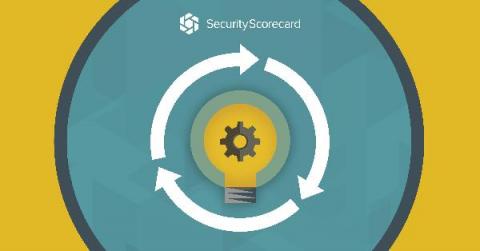What is Third-Party Risk Management?
Third-party risk management (TPRM), also known as “vendor risk management” is the process of managing risks introduced to your business by your organization’s vendors, suppliers, contractors, and service providers. Any outside party that plays a significant part in your company’s ecosystem or supply chain is considered a third-party vendor.








